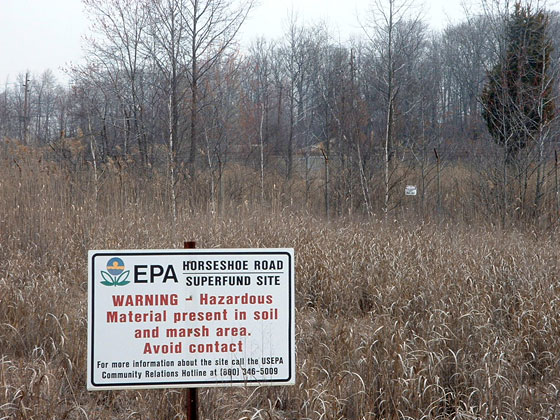The Environmental Protection Agency (EPA) will begin implementation and operation of the e-Manifest system on June 30, 2018. The e-Manifest requirements will be effective in…
Last week I presented a series on Emergency Planning and Community Right to Know Act (EPCRA), in the second part of that series I discussed…
In the last post I summarized requirements for universal waste. One waste stream that falls into this category are bulbs (lamps). Did you know that not…
Universal waste is a special category of hazardous waste that includes batteries, pesticides, mercury-containing equipment and lamps. For the most part, these wastes are self-explanatory but…
Yesterday I shared the link to the Department of Transportation’s (DOT) Pipeline and Hazardous Material Safety Association’s (PHMSA) free training modules on my Facebook page and…
In this series on hazardous waste we have discussed: defining hazardous waste; managing hazardous waste at home; determining generator status; hazardous waste accumulation and storage requirements. …
I have discussed identifying hazardous waste in What is Hazardous Waste? and determining hazardous waste generator status in The Devil is in the Details…What Type…
In What is Hazardous Waste? I talked about properly identifying hazardous waste by asking 10 key questions. Now that you have tools to identify hazardous wastes…
Much discussion is centered around toxicity in our homes—chemicals in our cleaning products; cancer-causing materials in our cosmetics and skin care products. I recently…
Hazardous waste is one of the most regulated arenas within environmental compliance. Many industries and service providers utilize chemicals in their processes and the disposal…



